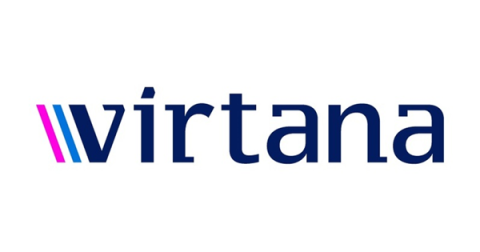Self-Healing Infrastructure: Start Your Journey Now
Every CIO’s ultimate goal is to create a self-healing enterprise. Self-healing IT systems have the ability to proactively prevent issues within the IT environment, ensuring seamless and uninterrupted services that support business continuity. While automating every possible task seems like an obvious solution, implementing changes in a production environment can be challenging.


